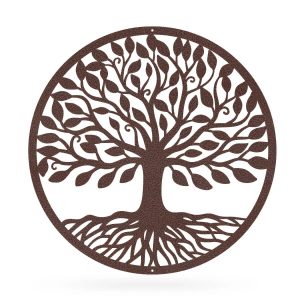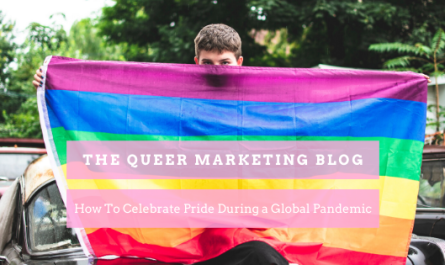What if your grandmother’s embroidery could speak? In Ukraine—it does.
Symbols Before Script
Long before books and social media, Ukrainians told stories through stitches, spirals, and clay. Their language wasn’t written in ink but in symbols — painted, carved, and woven into everyday life.
Picture life thousands of years ago on the edge of a vast, unpredictable steppe. A rising sun could mean a good harvest — or survival. A spiral wasn’t just a shape — it was a prayer. A wave line wasn’t just decoration — it echoed the river that fed your fields.
Two ancient cultures helped start it all:
- The Trypillians (ca. 5500 BC–2750 BC) were Neolithic farmers who painted swirling sun patterns and sacred geometry onto pottery.
- The Scythians (ca. 700 BC–300 AD) were nomadic warriors who worked metal and textiles into powerful geometric and animal forms.
Their marks—curved, coiled, and fierce—became the ancestors of modern Ukrainian folk symbols.
Symbols as Storybooks
With little access to writing, Ukrainians turned symbols into code. Homes became libraries, and clothing turned into scrolls. Each stitch, each curve told a tale—of gods and seasons, of love and protection.
Let’s take a few:
- Tree of Life: Found on garments, cradleboards, and household items. This symbol didn’t just represent nature—it mapped the cosmos. Roots in the underworld, trunk in the mortal realm, branches reaching toward the divine. Every time a child was born or a couple married, the Tree was there to connect them to past and future.
- Perun’s Cross: Marked onto clothes to summon protection from the Slavic god of thunder. A bold, symmetrical symbol, it offered both physical and spiritual defense.
- Rooster Motif: Not just cute farm imagery—this was a watchful guardian. It crowed against evil spirits and welcomed the dawn. A protective presence on tablecloths, pillowcases, and baby clothes.
- Wave Lines & Spirals: The wave linked to rivers and fertility. The spiral symbolized the cyclical nature of seasons and life.




These motifs weren’t randomly chosen—they were consciously embedded into domestic life. As ethnographer Olena Antonovich put it, folk art “encoded survival instructions”—woven wisdom passed from mother to daughter, generation after generation.
More Than Pretty Patterns
By the 17th century, symbols became more layered, blending ancient pagan signs with Christian meanings. Cossack and Byzantine influences wove in new aesthetics, and what emerged was an incredibly rich visual language. One vyshyvanka (embroidered shirt) could represent fertility, family lineage, faith, and protection—all in a single sleeve.
Artist and scholar Kateryna Bilokur described these works as “quiet rebellions”—a way to center beauty, belief, and resistance into the everyday. In villages, embroidery wasn’t just craft—it was identity.
So why do these ancient motifs still matter?
Because human needs haven’t changed. We still crave protection, connection, and meaning. We still look for stories that tell us who we are and where we belong. Whether stitched in linen, painted on walls, or looped into techno beats, Ukrainian folk symbols still whisper old truths:
“You are part of something bigger. You come from somewhere. You are not alone.”

